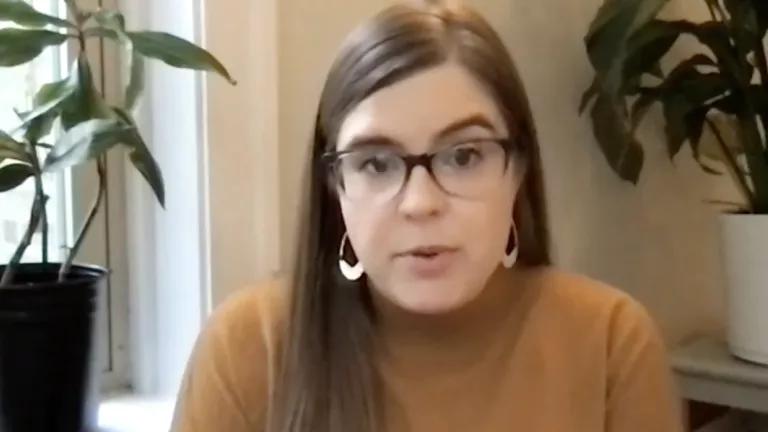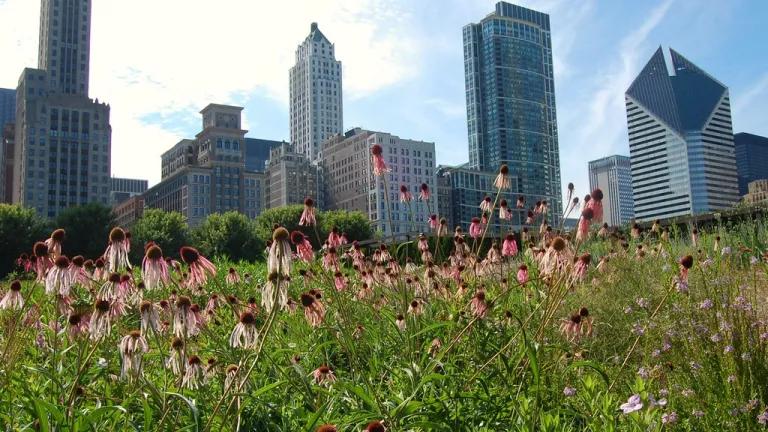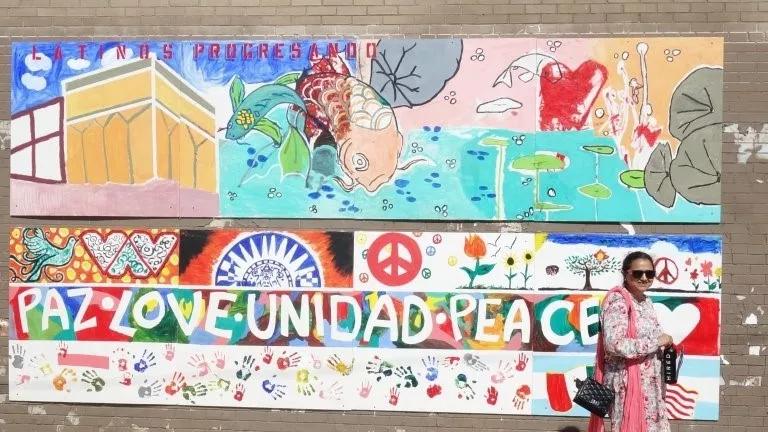Q&A: Chicago EJ Advocates Explain Building Decarbonization
Yessenia Balcazar of Southeast Environmental Task Force and Courtney Hanson of People for Community Recovery join us for part one of our Building Decarb Q&A series
The term building decarbonization isn’t a familiar one for most. Yet it has the potential to have a great impact in places like Chicago, where our buildings are responsible for the bulk of the city’s carbon pollution and the release of toxic air pollutants, such as nitrous oxides and particulate matter, that are harmful to human health.
Building decarbonization is the process of reducing or eliminating the carbon dioxide emissions from a building’s energy sources. This work is particularly important for frontline communities that bear the brunt of the cumulative impacts of the city’s industrial and diesel truck pollution.
We sat down for a Q&A with Yessenia Balcazar, the senior resilient community planning manager of Southeast Environmental Task Force, and Courtney Hanson, the deputy director of People for Community Recovery, who have been working with city officials to carve out building decarbonization policies that center the needs of low-income communities and communities of color.
There are two policies currently in the works; one deals with new buildings and the other deals with a building performance standard (BPS) that would impact existing buildings. Environmental justice (EJ) communities and marginalized communities don’t usually see a lot of new, clean building developments in their neighborhoods, which is why the focus is on helping the city develop an equitable BPS. Balcazar pointed out that these policies are creating a conversation around public health issues that actually do impact marginalized communities in their existing buildings, including poor ventilation, mold, lead paint, etc. “Maybe it has less to do with the policies themselves but more the conversations that emerge as a result of the introduction of these policies,” she says.
Hanson adds, “Every EJ community is different, but the communities we work in on the far South Side are concerned about jobs and economic development, which would be impacted by these policies. There is a huge opportunity to build out workforce training programs and get agreements that ensure local hiring. Yessenia also mentioned the health piece, which is another big one. EJ communities tend to have higher rates of asthma and other respiratory illnesses. Removing gas from buildings is a huge way to improve indoor air quality and improve some of those health outcomes.”
Watch the full Q&A below and be on the lookout for the second part of this conversation coming soon:




